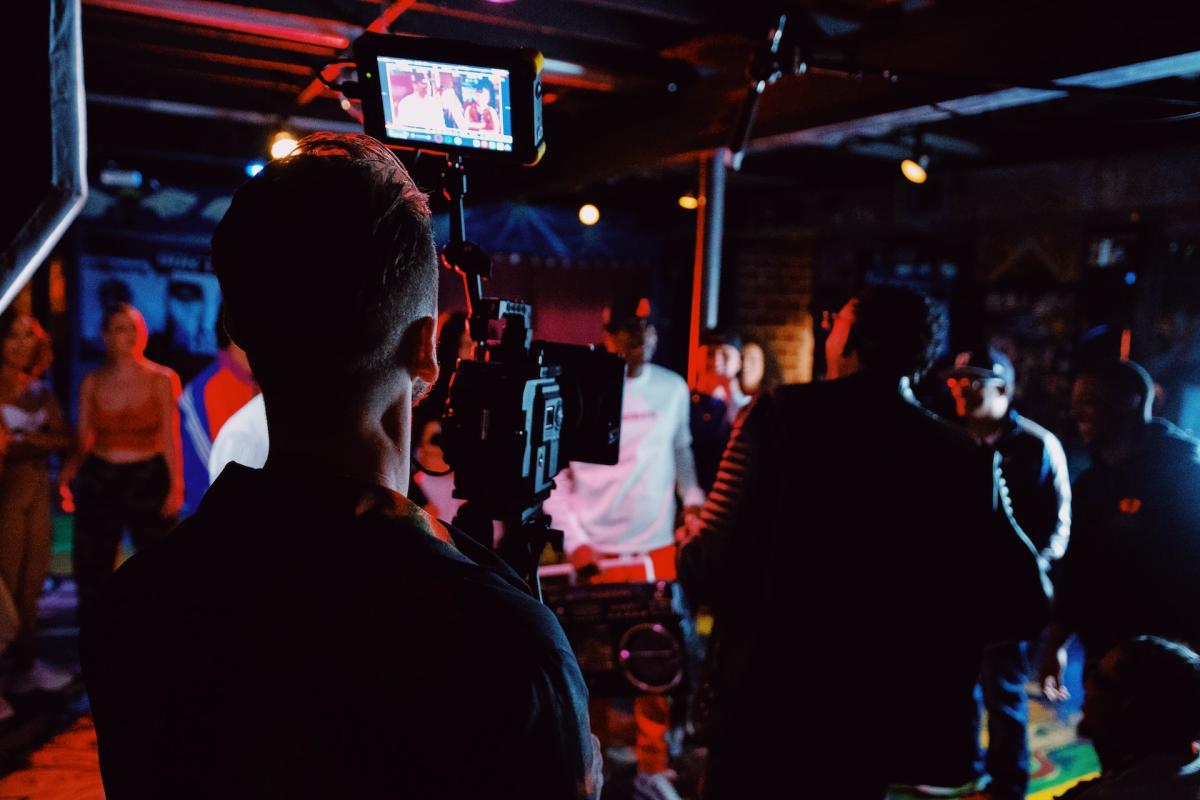Even if you have done everything right up until then, the sudden influx of new people and extended teams can undo all your good work. Here’s how to make sure that doesn't happen.
In our most recent piece, we posited the idea that some agencies have been falsely creating the impression that DE&I is something that is fundamental to their philosophy and process.
In our alternate universe agency of Hippo, Hippo, Crocodile and Lemur, Humperdink, the planning Hippo, who is smart but a bit unscrupulous, and Coco (The Crocodile), who’s also a bit of a wrong’un, were both caught doing just this. And have now been fired. And replaced by animals with scruples who actually want to get DE&I right.
They have made sure that everyone in the agency read our first two pieces about how you need to think about DE&I at every part of the process and about making sure your research was representative and authentic and are working on an ad aimed at a Gen Z audience in the Lion community that, so far, is doing everything right.
But they are about to hit a banana skin (It is an agency full of animals afterall).
The production process. Basically, even if you have checked your research and script with the right people in the communities you are trying to reach and tested everything to make sure it is authentic and representative, once you hit pre-production, this is when you start to include more people and other companies outside of the marketing and brand teams who’ve been working on the campaigns tirelessly for months. This fast-paced and extended team is where mistakes and misrepresentation can slip into your production through the location, shot style, art department, props and a myriad of other elements.
It's just as important that the team at the end of the process that brings the creative idea to fruition has the same diversity filters applied as the team that created the idea.
This means that choosing a production company is actually a much more delicate job than most realise.
The agency will normally be speaking to a handful of folks that they believe could do a great job, they all respond with their ‘treatments’ which is their interpretation of how they would like to bring the idea alive on the screen. At this stage, no one has any idea who has contributed to that proposal. It’s usually presented by the Director with the Producer chipping in. The best idea is chosen, the Production company appointed and we’re off…
This means that you are now guessing or assuming ‘who’s in the room’ because they look at who looks visibly black, brown, queer or disabled. Essentially people often don’t actually know the diversity of their production teams.
And because you don’t know how diverse/ what diversity is within your production teams, then you can’t know how to make sure that authentic and nuanced decisions are being made. Essentially, you could do all this hard work, then a prop person puts a hairbrush in a Black woman's bedroom that can’t be used on her hair? If there’s no one there to check then the whole community will cry ‘tokenism’ or at least recognise that it wasn’t made by the community (this has happened before!) Mistakes are being made, with stereotypes. Offensive content is slipping through the net making it onto our screens, billboards and social platforms.
As a client, you now need to make sure you are involved in this conversation and don’t just leave it to someone else. Similarly, you need to be asking key questions about those people working on your campaign.
For example, who is the props person? What lived experience will they bring to their recommendations for all of the essential items that populate a character's life, to authenticate them through the incidentals you see on set that everyone has a vested interest in making as real as possible. Wardrobe? Who’s in charge of recommending the way our character is dressed? What do they know about the clothes a 14-year-old black girl from a small town in Cornwall wears? Location, dialogue, set etc. It’s about the ability to recreate a scenario with the greatest attempt to make it as real/authentic as possible. That's the agency/production company’s number one job here.
Asking those questions yourself is one way to head off potential issues. Another is to use specific tools set up to do just this. We have a confidential Inclusivity Identity Tracker that allows you to safely ask for information about the diversity makeup of the whole production team - from ethnicity to religion to disabilities, giving you the confidence to move forward in the knowledge that the right decisions are being made at every step of the process to ensure your ad is as appropriate for that community as possible (even when you’re not in the room!)



